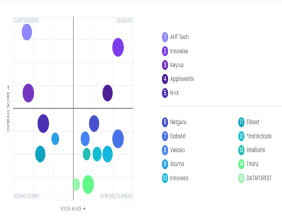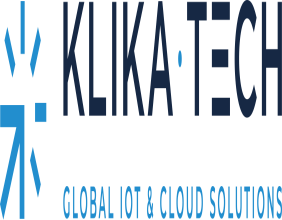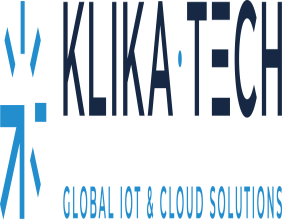Highlights
- Capital employed has shown sustained improvement over recent years
- Company continues to expand its capital base within a manufacturing framework
- Rise in short-term liabilities contributes to operating efficiency, but may warrant monitoring
Graham Corporation (NYSE:GHM), listed on the NYSE Composite, operates within the industrial manufacturing sector, supplying engineered equipment to critical markets such as energy, defense, and chemical processing. The business appears to be showing signs of operational progress, particularly in how it manages and grows its capital base.
One metric that helps evaluate company performance in this area is return on capital employed (ROCE). This ratio helps reflect how effectively a company uses its capital to generate profits before taxes. In Graham's case, the trend in this measure has been moving in a favorable direction over recent years. This may reflect a disciplined approach to operational growth,, and productivity across its facilities and contracts.
Capital Deployment Shows Upward Trend
An encouraging signal from the data surrounding Graham is the parallel growth of both capital employed and the efficiency with which it is used. Over time, the company has continued to expand the capital it applies across its business segments. When this growth occurs simultaneously with rising ROCE, it can often highlight a firm that is increasing its output or project scope without sacrificing efficiency.
This trajectory tends to occur when production systems are refined, demand is stable or rising, and cost controls remain effective. For Graham, this pattern may also suggest that internal operational capabilities have improved to accommodate broader or more complex market needs, particularly in defense and energy infrastructure.
Short-Term Liabilities Support Operating Structure
One structural detail within Graham’s balance sheet is the role of current liabilities. Over the same period of capital growth, there has been a noticeable increase in short-term liabilities as a proportion of the total funding base. In practical terms, this means suppliers and other short-term partners play a more significant role in sustaining operations.
While this can indicate an agile financial structure—allowing quicker scaling or enhanced working capital—relying heavily on current liabilities also introduces exposure to liquidity pressures during market fluctuations. Therefore, monitoring the balance of short- and long-term financing sources becomes relevant when evaluating how sustainably the business is structured over multiple operational cycles.
Broader Recognition in the Equity Markets
Graham’s trajectory on the NYSE Composite has shown notable upward movement over recent years. The rising ROCE trend and expanding capital base coincide with long-term market recognition in share value. The manufacturing sector, especially firms serving defense and critical energy infrastructure, has seen heightened relevance across the broader economy, which may contribute to Graham’s visibility in benchmarks like the Russell 1000.
From a capital structure and efficiency standpoint, the company appears to align with broader industrial trends emphasizing resilient supply chains, engineered systems reliability, and scalable production output.
Operational Backed
Graham’s (NYSE:GHM) ongoing performance, particularly its ROCE progression and expansion of capital deployment, points to a disciplined approach to business operations. The financial indicators suggest a foundation that supports further structural improvements and market alignment in the industrial manufacturing sector.




